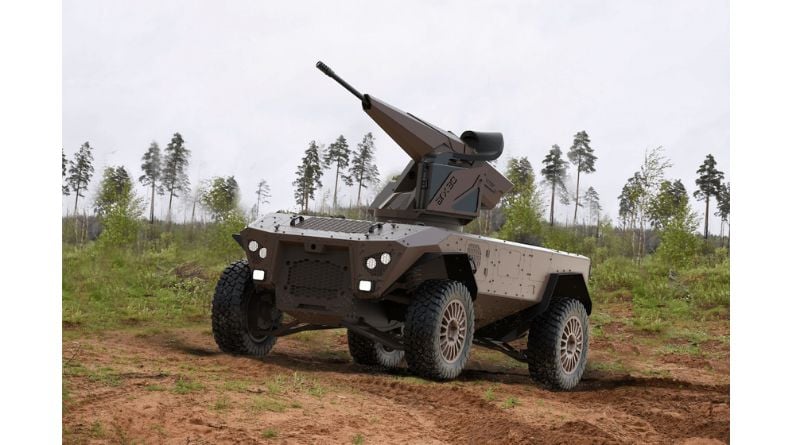France’s armed forces are making significant strides towards the development of battle-ready robots, with a target year set for 2040. This ambitious goal is gaining momentum through a series of collaborative tests that bring together military personnel, engineers, researchers, and defense contractors. General Bruno Baratz, commander of future combat for the army, expressed optimism about imminent advancements, stating, “We hope to have something fairly evolved within three years, with the first ground robot capabilities ready to equip our forces.”
Recently held at a base west of Paris, the event showcased the third iteration of a competition aimed at assessing robots equipped with various mobility systems—legs, wheels, and treads—designed to navigate complex terrains and evade obstacles. The exercises aimed to evaluate their potential effectiveness in combat scenarios. General Tony Maffeis, head of the army’s technical branch, noted that while these robots already play a crucial role in surveillance and mine-clearing operations, the next step involves demonstrating their tactical effectiveness when engaging with adversaries. “The robot must facilitate combat, not hold it back,” he emphasized, highlighting the hurdles that remain, especially in challenging landscapes.
One participant in the event, Baptiste Lepelletier, remarked on the importance of such competitions, saying, “This allows us to get out of the lab and tackle a realistic mission.” The real-world testing is seen as a necessary step to bridge the gap between theoretical applications and practical deployment.
The urgency behind this robotic development has been amplified by the ongoing conflict in Ukraine, which has demonstrated the transformative role of drones in modern warfare. General Pierre Schill, the army chief of staff, remarked, “Ground robotics is booming in Ukraine, but it’s still complex and less developed, so it’s important to explore what practical uses they could have.” He pointed out that effective ground robots often rely on aerial drones for navigation and situational awareness.
In the showcase, French defense firm Thales presented a robot equipped with a drone launch pad, enabling it to scout for obstacles and create navigable paths. The military indicated that it has already begun integrating insights and technologies from previous CoHoMa challenges into its designs, anticipating larger advancements in the coming years. The initial applications for these robots are expected to focus on logistics, utilizing drone convoys or robotic mules to transport equipment before they are deployed in frontline combat scenarios.















